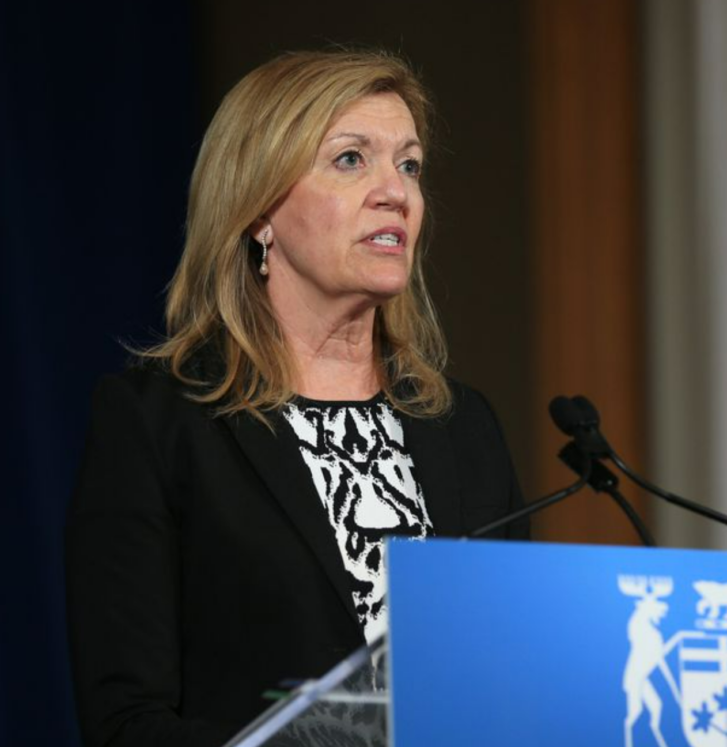Millions of free COVID-19 rapid antigen tests will be distributed to Ontario residents over the next two months.
Health Minister Christine Elliott announced the rollout of the at-home tests during a news conference at a Walmart pharmacy in Kitchener Feb. 9.
“These tests will provide another layer of protection to support the province’s efforts to cautiously and gradually ease public health measures,” Elliott said. “Hospitalizations due to COVID-19 continue to decline, and we are currently tracking toward the best case projections thanks to the sacrifices of Ontarians and unwavering efforts of our health-care workers.”

The latest rollout of rapid tests is in addition to those already being provided to hospitals, long-term-care homes and schools.
Here are seven takeaways from the announcement.
1. A total of 44 million rapid tests will be distributed free to residents throughout Ontario over the next eight weeks, according to the announcement. The rollout will start immediately, with five million tests earmarked for distribution each week. The tests will be distributed through more than 2,300 pharmacy and grocery locations. Part of the allotment — 500,000 tests a week — will be funneled separately to reach vulnerable populations through partnerships with community centres, community health centres, places of worship and food banks.
2. The tests may be distributed in different ways at different locations, with each location deciding how to distribute their supply. Distribution could be done by appointment booking, at checkout counters or through online ordering, for example, Elliott noted. Walmart will be distributing tests through their online pickup ordering system, according to the announcement.
Visit ontario.ca/rapidtest for a list of participating locations and their distribution information. There is a limit of one box, which includes five tests, per household at time from retail distributors.
3. Elliott said she believes the one-box-at-a-time limit, and appointment-based or online-ordering distribution methods, will help avoid the sometimes frenzied scenes with long lines of people scrambling for tests that were seen during previous pop-up distributions. She added the higher volume of tests, and more consistent supply available from the government and on the market, will also help avoid some of the situations that unfolded during previous handouts. She added anyone caught reselling the free tests could face fines.
4. Access to PCR testing remains restricted to certain high-risk populations. Anyone testing positive on a rapid test should isolate, a confirmatory PCR or rapid molecular test is not required or encouraged, according to the province.
Isolation information is available at ontario.ca/exposed, where information about people eligible for PCR testing can also be found.
5. Though public access to rapid tests is increasing, and access to PCR testing remains limited, the province is not planning to centrally track positive rapid test results to help gauge the spread of COVID-19. Elliott said the province is using broader indicators such as hospitalization numbers and wastewater surveillance to help track the current impact of the virus.
6. During the Feb. 9 announcement, Elliott also said Ontario will soon begin resuming non-emergency surgeries and procedures.
7. The province is not currently planning to accelerate its reopening plan, or lift masking or vaccine certificate requirements in the near future, Elliott said. She added the province is assessing the situation daily and while indicators, such as a decrease in hospitalization numbers, are trending in the right direction, Ontario is not yet in the clear and must continue to proceed with caution to protect against the spread of COVID-19 and more transmissible variants such as Omicron.
The province’s current reopening plan saw a gradual easing of restrictions start Jan. 31 and will see more restrictions and capacity limits eased further on Feb. 21 and March 14.
Article From: The Star
Author: Tara Hatherly

